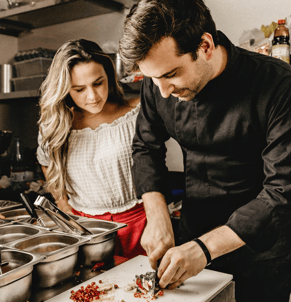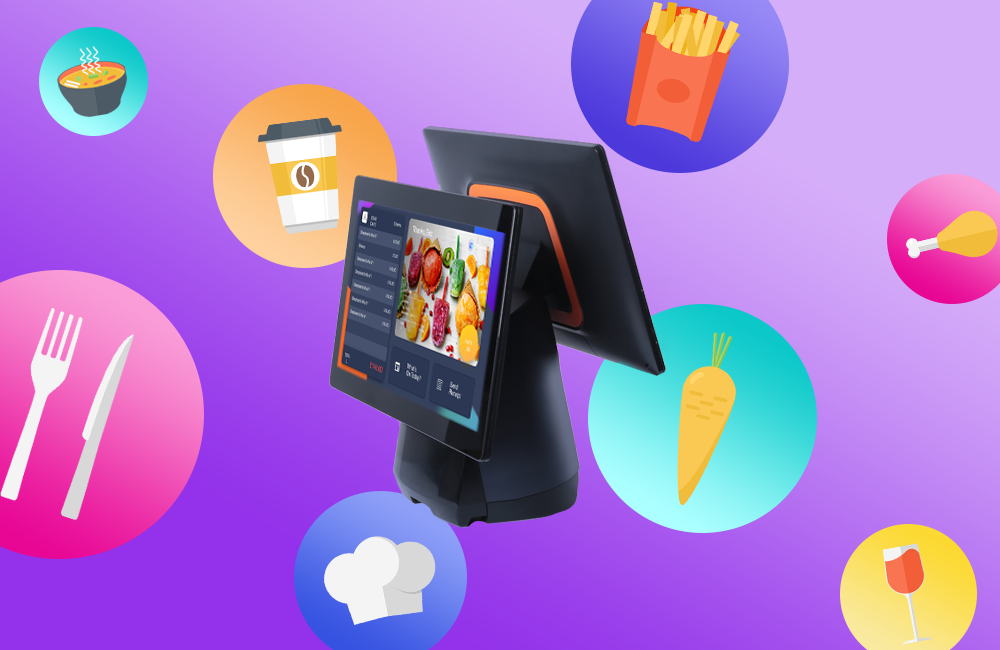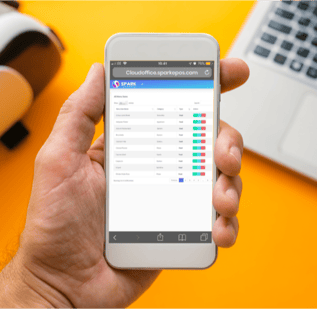Controlling your restaurant's food waste is one of the best ways to increase profitability. Not only will it make your restaurant run more efficiently and save you money, the environmental benefits are also huge.
An intuitive POS system makes it even easier to evaluate ways in which food waste can be reduced, throwing away food is essentially throwing away money. See the tips below on how to cut back on waste, and how it can be utilised.
Inventory Management
Invest in a good inventory management system. By tracking inventory closely and regularly, it's easy to identify where waste can be reduced. Real-time tracking data allows you to see exactly what is in your inventory at any time.
This data allows you to forecast and plan more efficiently. Sales data allows you to view specific combinations of products that customers regularly order, combined with inventory data, you can effectively plan exactly what stock is required.
SPARK's inventory management system allows you to set a par-level for each product to ensure your restaurant always has the minimum amount needed without over-stocking.
You'll also receive low stock alerts when you're close to running out so your customers won't be disappointed and you won't have unnecessary waste!
Portion Control

Regularly evaluate portion sizes. If there's a dish, or several that customers never quite finish, consider reducing the portion size.
This not only increases profitability but will significantly reduce food scraps, which could then be used in other dishes enhancing your bottom line even further.
Customer satisfaction will also be increased, it can often make customers feel disappointed if they don't end up finishing a meal but they still have to pay for the full thing. If you create the right sized portions, food won't get wasted and customers will feel like they've got their money's worth.
Utilise Any Waste
When preparing orders, food scraps in the kitchen are unavoidable. Rather than throwing them away, consider utilising them so they don't just end up in the bin.
Save any scraps that could be used for stocks, vegetables can be used for vegetable stock, and the same for meat. It's ideal if your menu has soups, stews and any other sauces.
In addition, train your staff members on ways to reduce food waste. Implement a training programme that teaches kitchen staff on cutting techniques so every part of a food item can be used, as well as techniques on how to keep food fresher for longer. The more of an item you can use, the less likely it will end up as waste.
Store Food Correctly
 The last thing you want is to throw away food and produce that’s gone bad before it’s use-by-date, all because it wasn’t stored properly and at the right temperature. That’s just throwing money away and creating unnecessary waste.
The last thing you want is to throw away food and produce that’s gone bad before it’s use-by-date, all because it wasn’t stored properly and at the right temperature. That’s just throwing money away and creating unnecessary waste.
Make sure the food that requires refrigeration is kept at the right temperature and that your staff are practicing food rotation and dating stock.
Don’t use new ingredients when previous stock is still available and good to use. By making sure all your ingredients are stored properly and used in a first in, first out rotation – you can ensure no food or money is wasted.
Order Mistakes
Every restaurant has had a situation where an incorrect order has been made, or an item has been made more than once by mistake. Rather than throwing it away, consider offering it to guests free of charge to allow them to sample parts of your menu. This not only increases customer loyalty and retention, but reduces waste too.
Implementing small changes like these will have a significant effect on profitability and stock control. To find out more about how a POS system can help you achieve your restaurant goals, visit www.sparkepos.com. Or click below to book your FREE demonstration!




